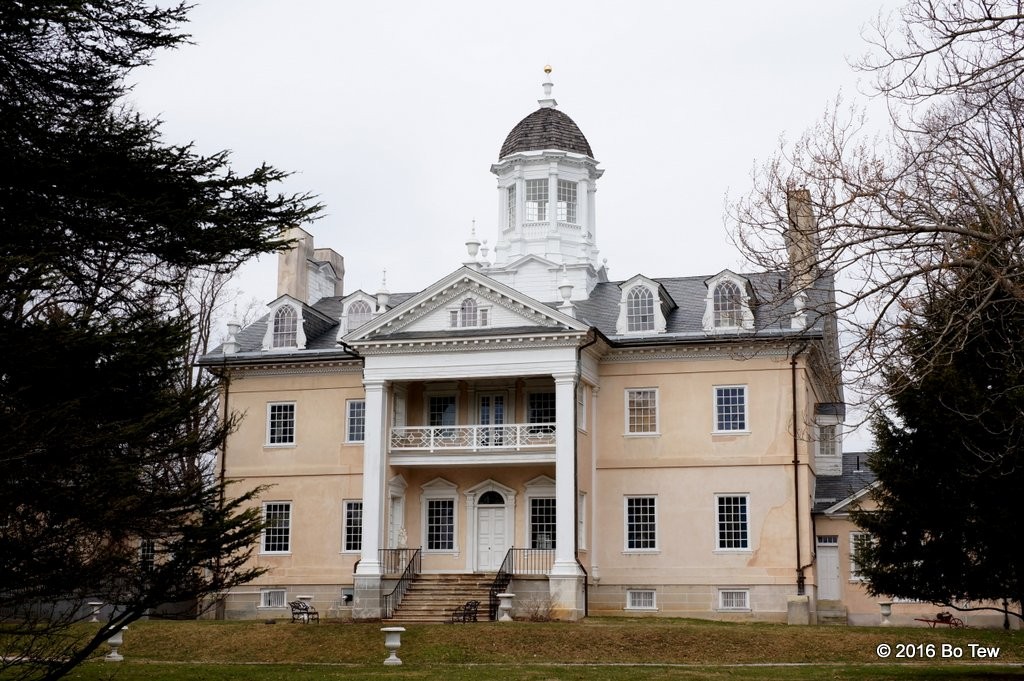
“We hold these truths to be self-evident, that all men are created equal,” Ah, those famous words written on the constitution by Thomas Jefferson, who ironically enslaved people himself. I’m no historian, but slavery plays a huge role in shaping American history and is still brought up with arguments over state rights and race. The Hampton is one of those places where enslaved people were used to create wealth for the very rich, as evident by the gorgeous mansion sitting on top of the little hill. The National Park Service often purchase land of significant natural and cultural value, and the Hampton was no different; though, the purpose for the Hampton is rather interesting. NPS did not buy the Hampton for its historical stain on humanity, but rather, the architectural significant mansion owned by one of the richest family ever lived in America. Rich people and their wealth: 2, The enslaved people: 0.
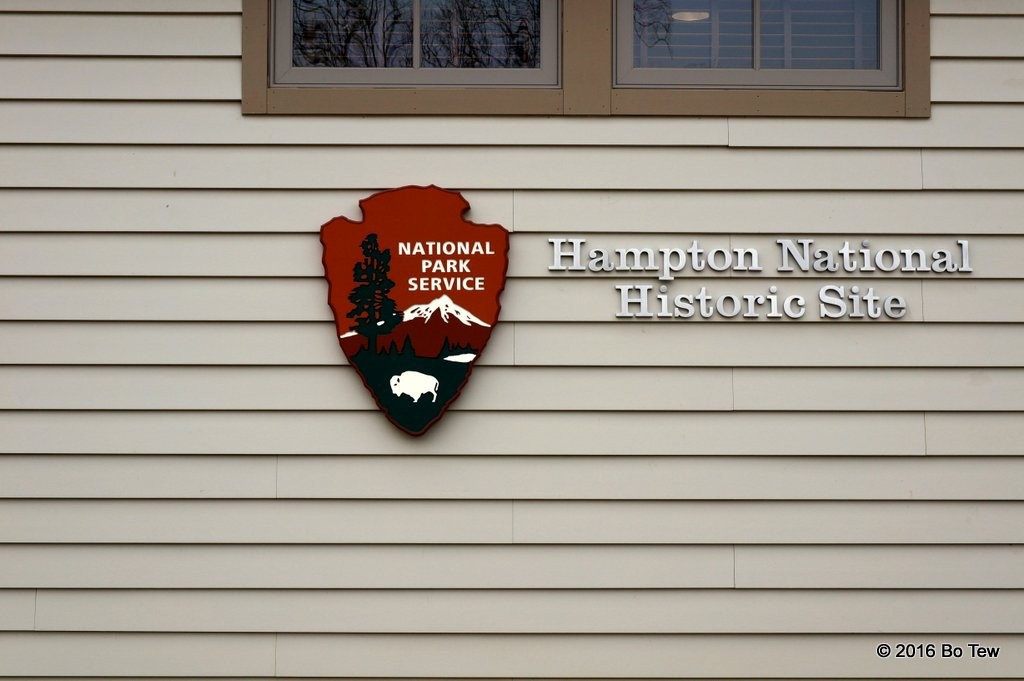
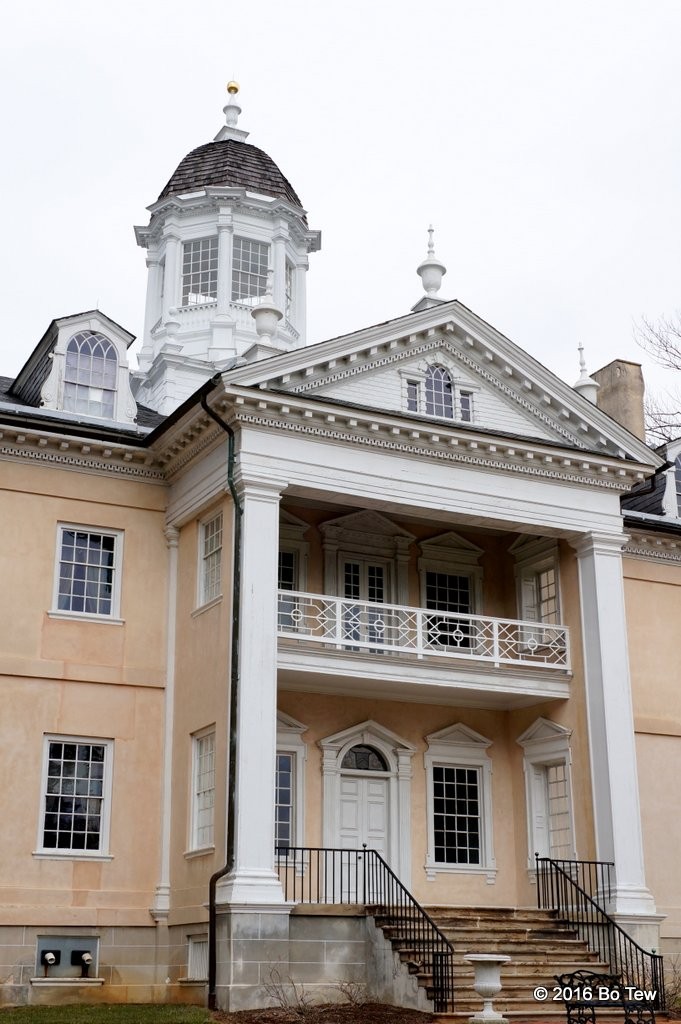
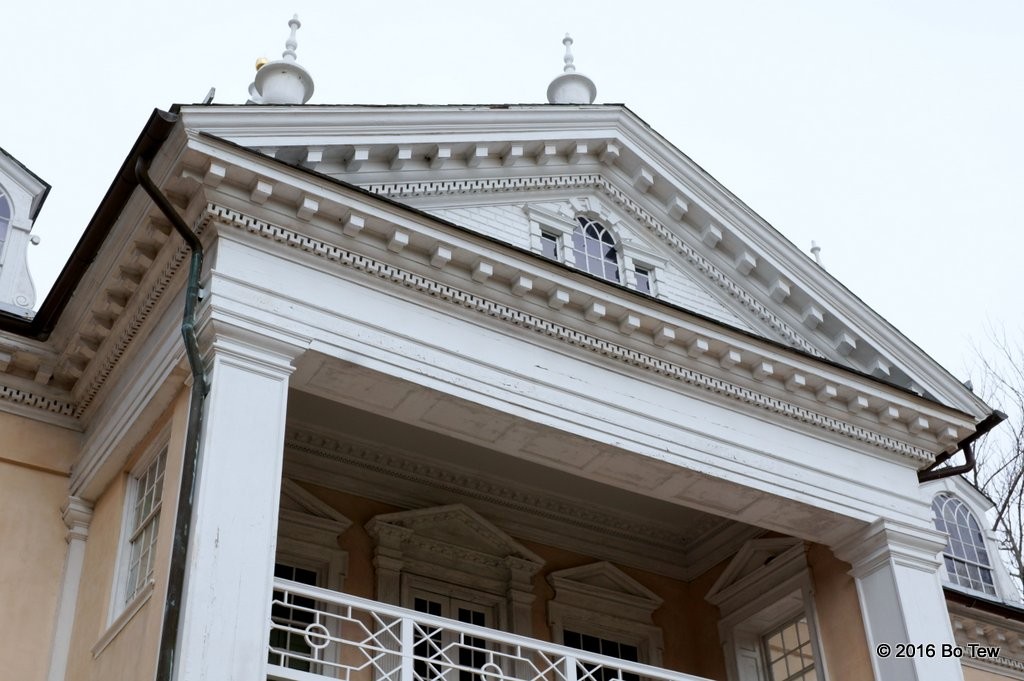
The Hampton was built by Captain Charles Ridgely, who inherited his wealth from his father who owned and operated large area of land and an ironwork around Baltimore. Most of the land were used to grow crops and cattle using enslaved people over the first 4 generations of Ridleys, while the last 2 generations employed farmers with low wages. The historian who gave us the tour mentioned that though the Ridleys enslaved people, at least they were equal opportunity aggressor – they took in people of all colors and creed. There were many Europeans who either couldn’t pay to come to the US and asked for bondage or were criminals who had to work for free, as well as Africans who were bought by the household to supplement the work force. Even though the Europeans could be freed once their terms have been met, the working conditions were so bad that most of them did not make it till the end of their terms and the few that did had no way to survive in the world. In other words, life was very hard for most people except for the very rich. Seems like the world hadn’t really moved on since.
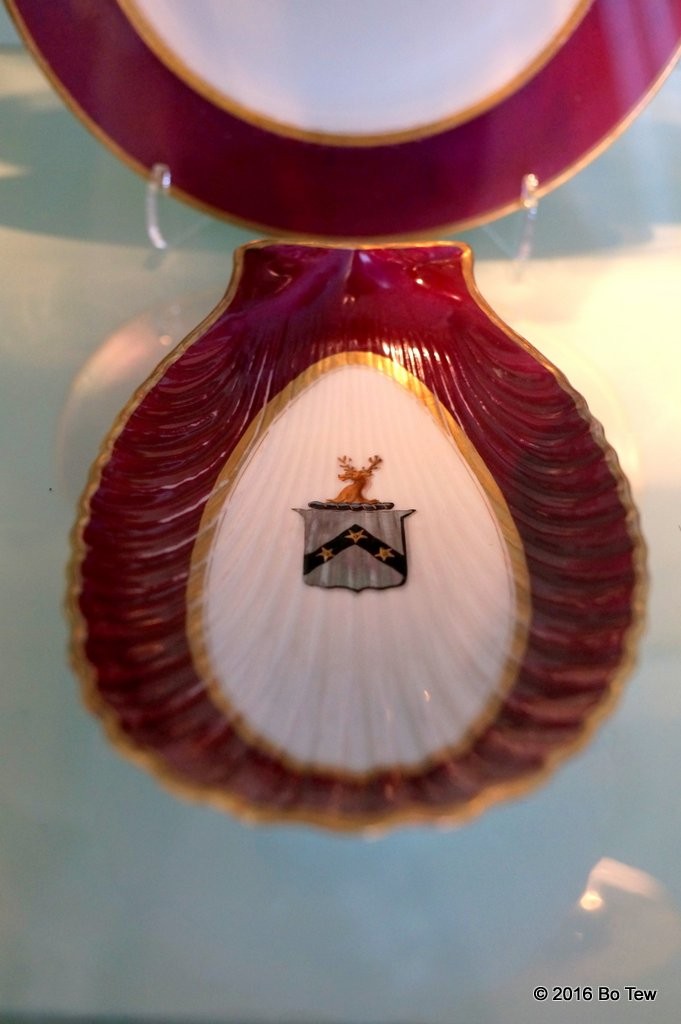
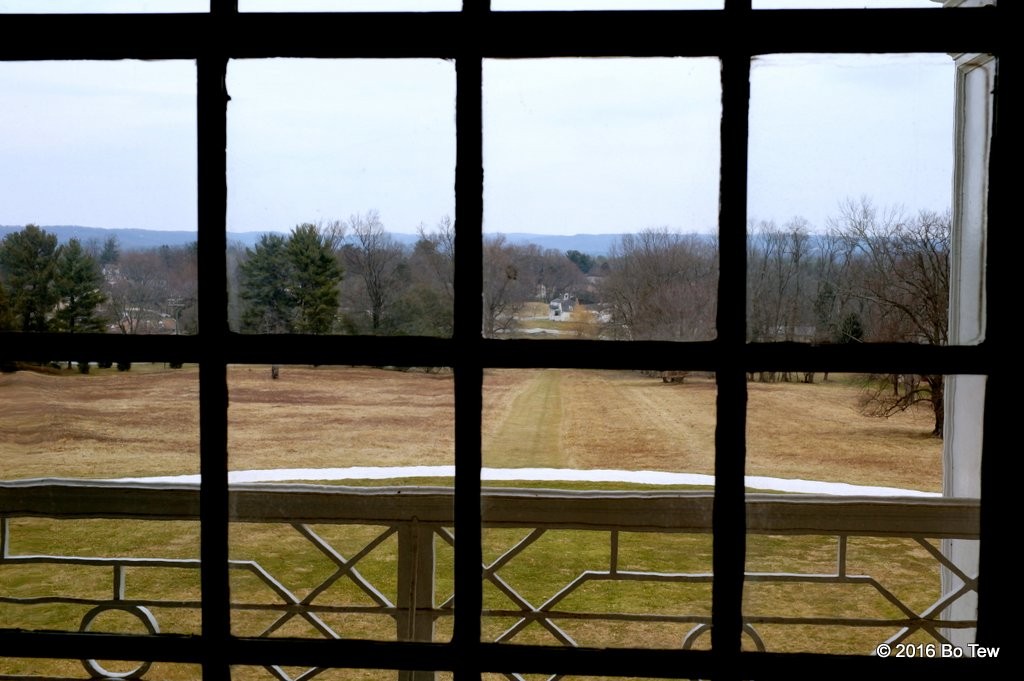
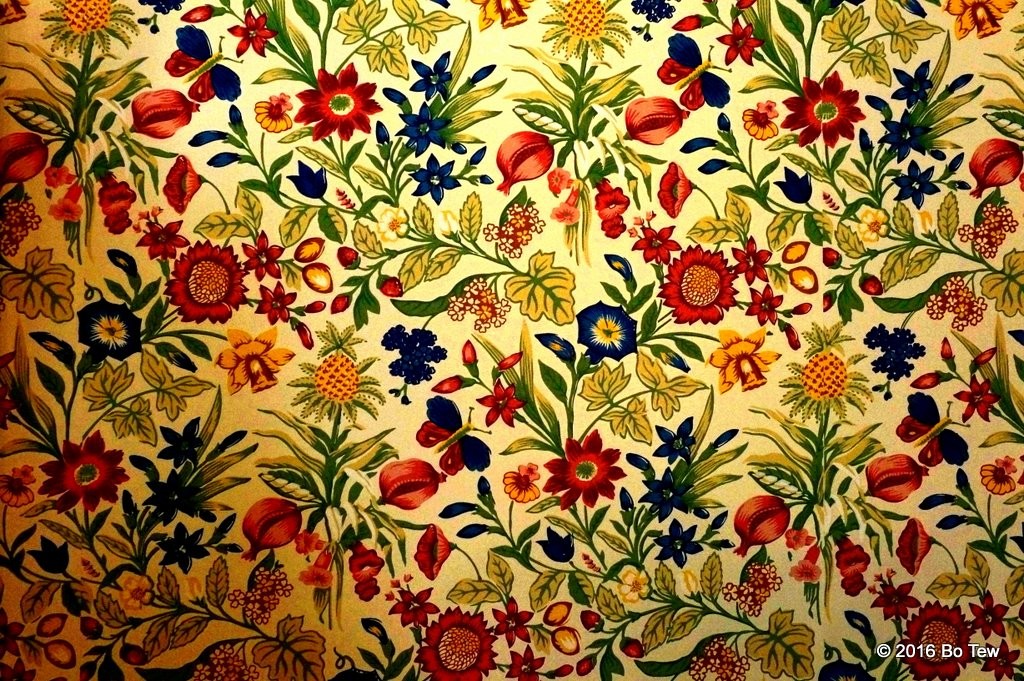
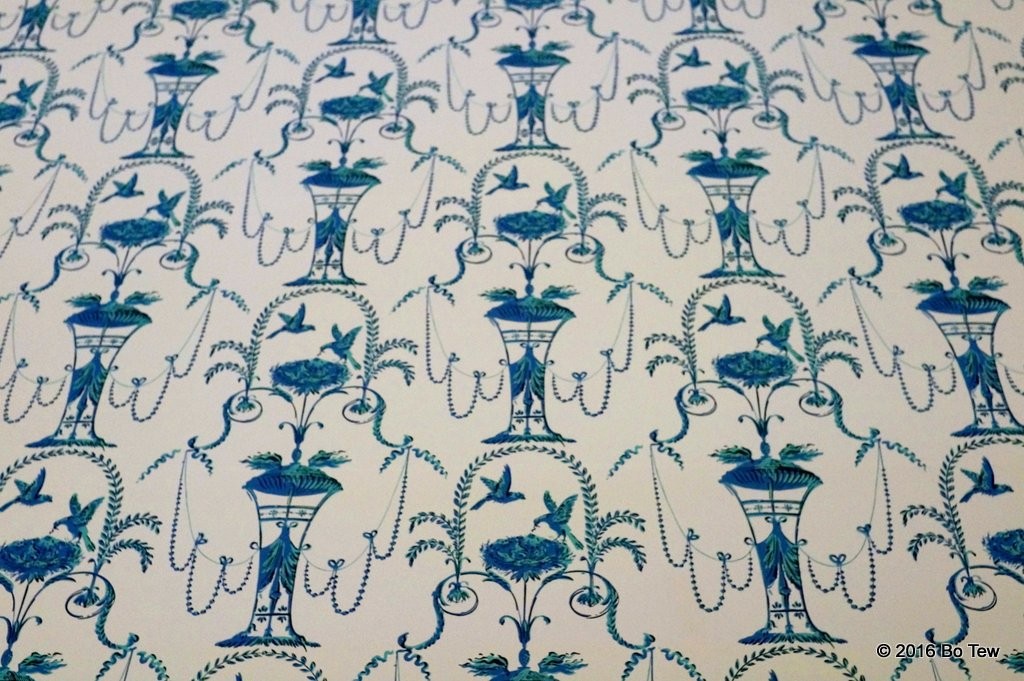
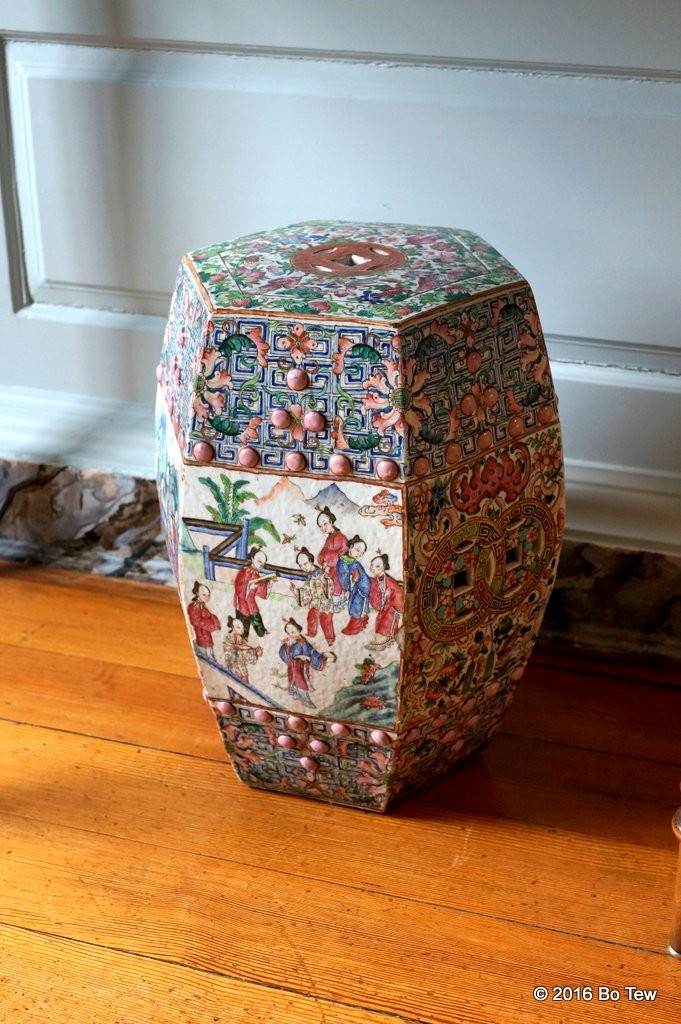
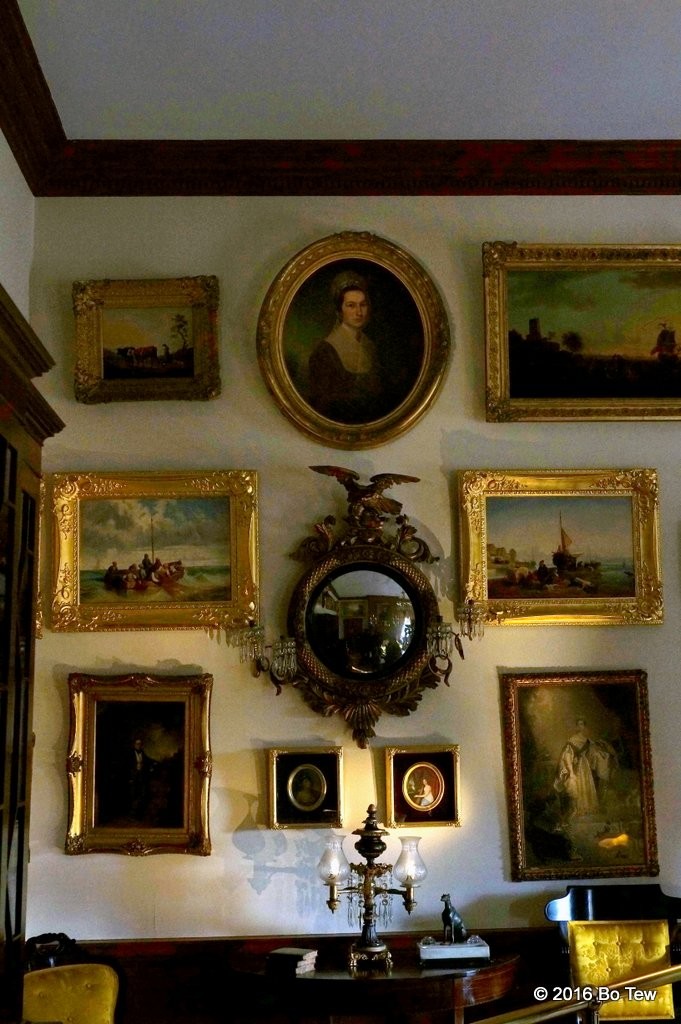
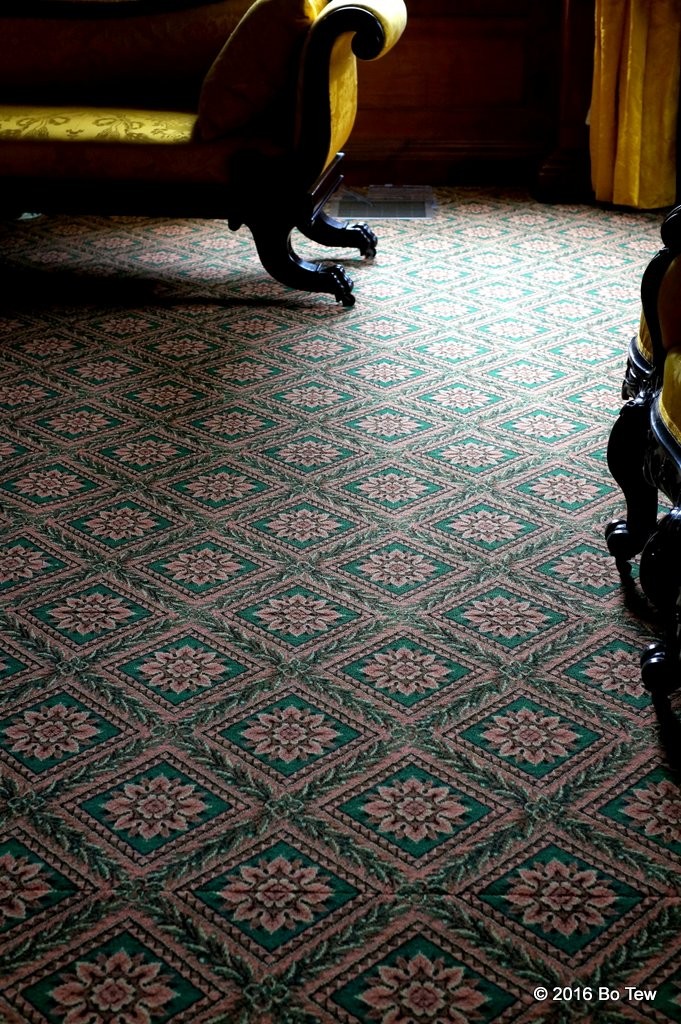
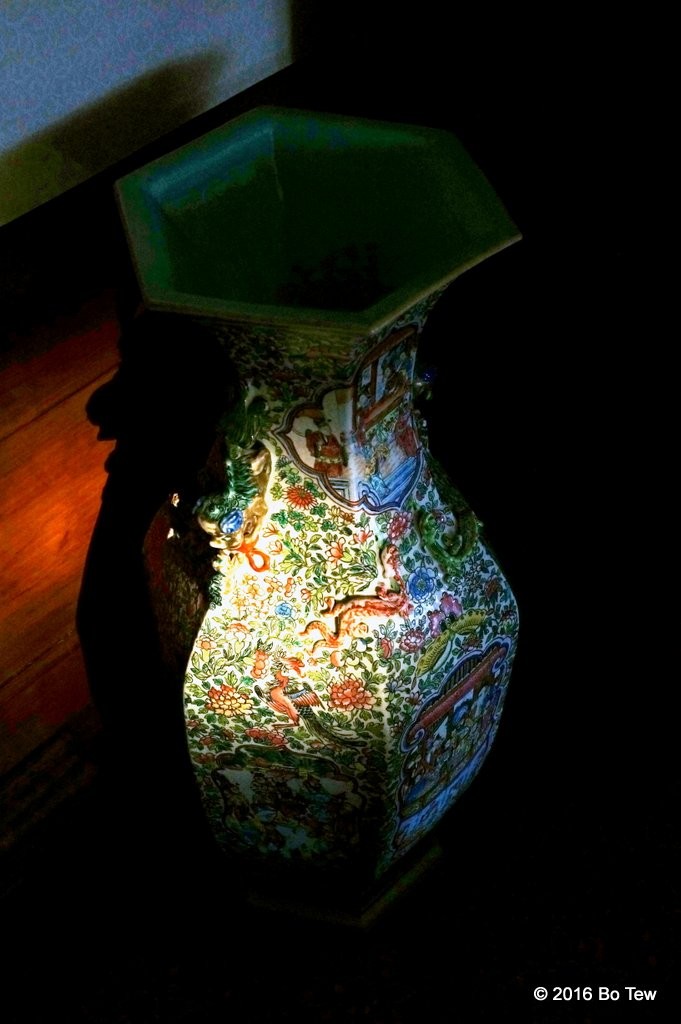
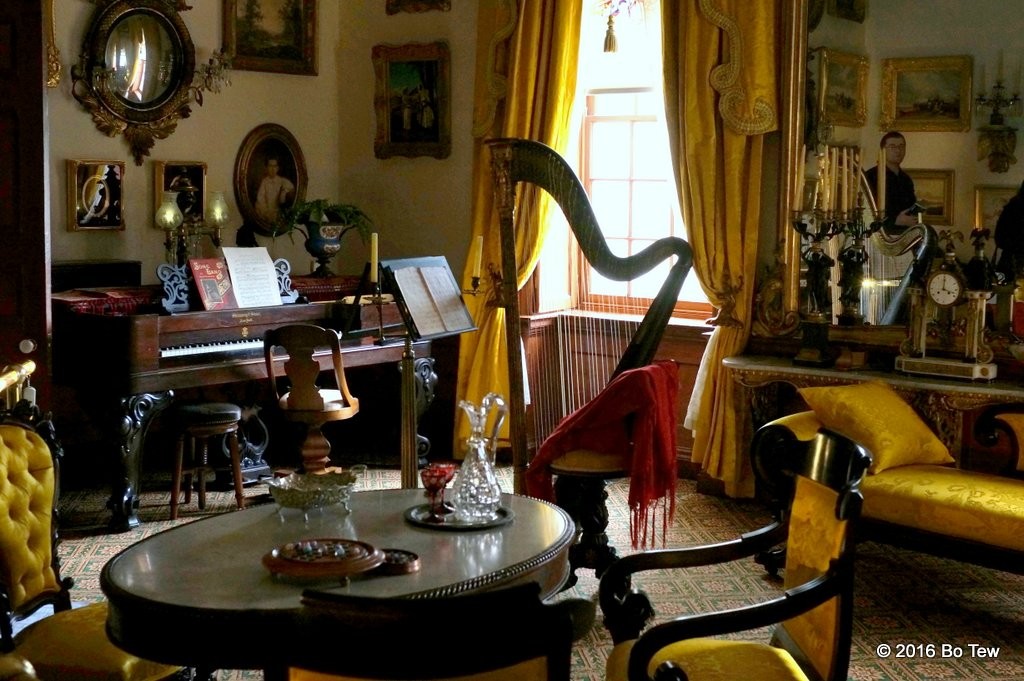
The mansion and the estate stayed in the family throughout the years, though they got poorer and the land mass reduced significantly over time, especially after the civil war. Many enslaved people were let go before the civil war by the urging of the third owner’s wife Eliza, but those were exclusively for older men who had little value to the household. Nonetheless, the household switched from enslavement to hiring poor peasants for little wage at the end of civil war. The main contribution of the third owner, John Carnan Ridgely, and his wife Eliza, was not the manumission, but rather, their great taste in artwork and garden decorations. The NPS might have bought the mansion for its large unparalleled Georgian style house built during the revolutionary war, but I thought that the artifacts and the garden is much more valuable. The net worth of original artworks, paintings, wallpapers and China are indeed priceless and breathtaking – that’s a museums worth of treasure in a museum worthy to hold them.
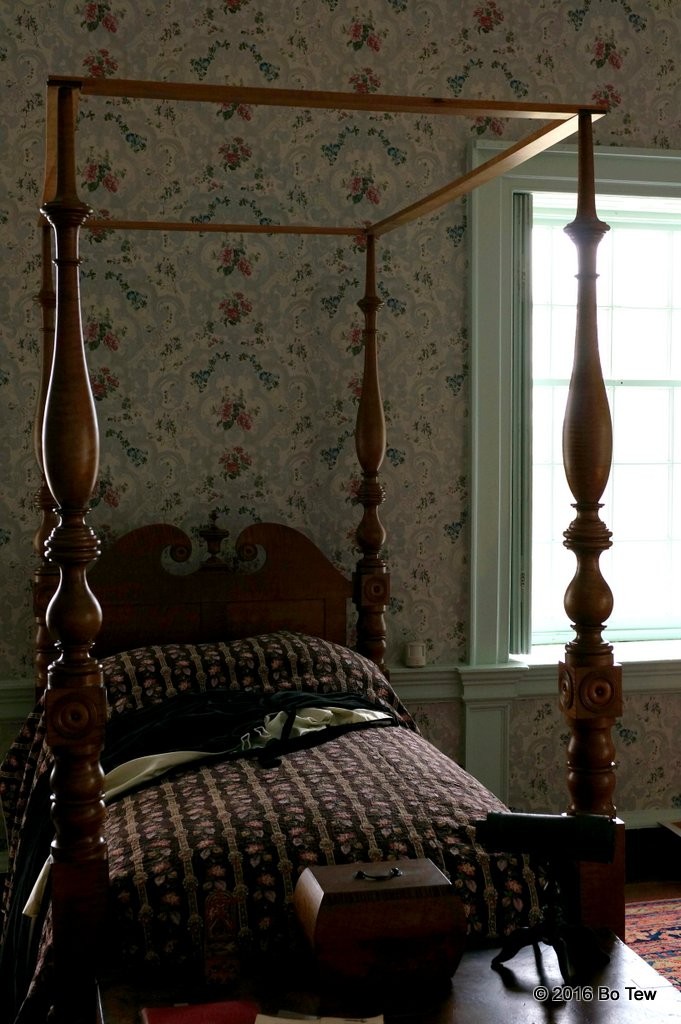
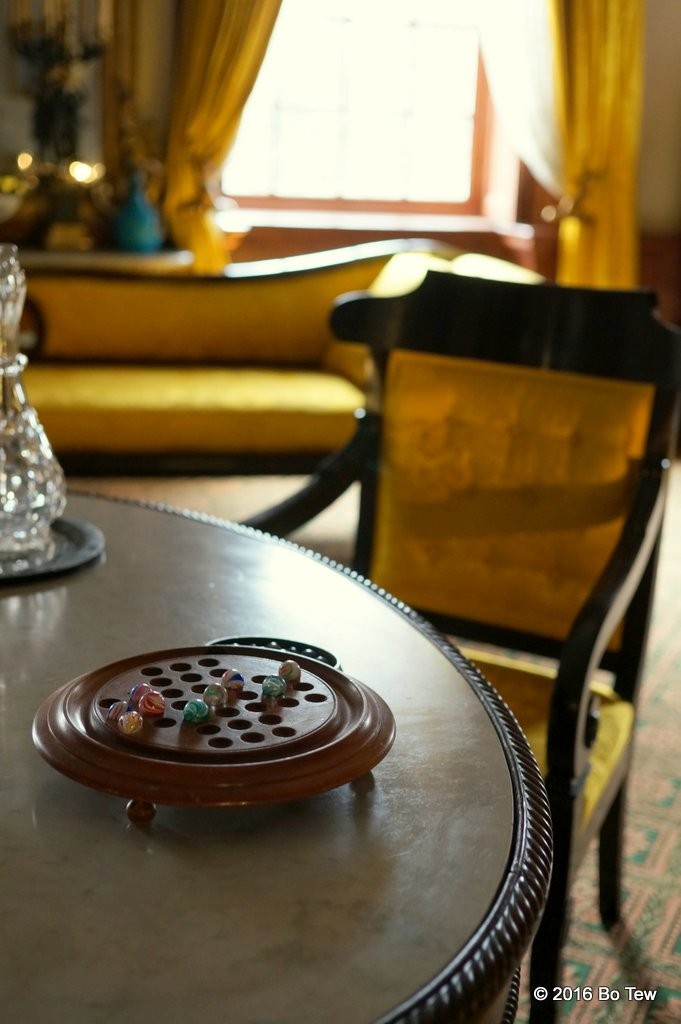
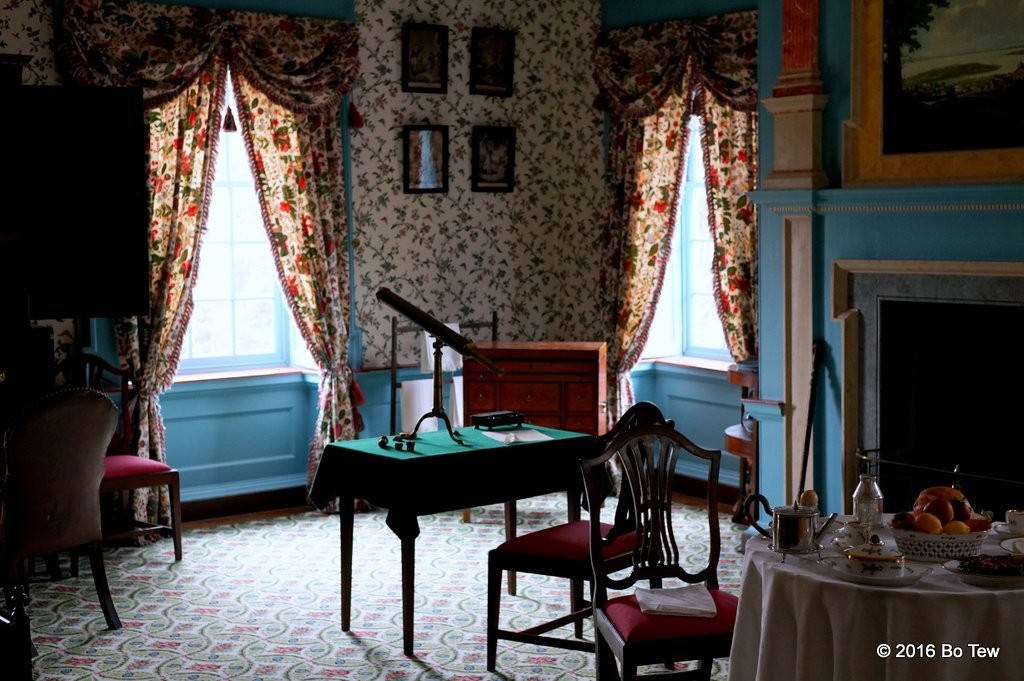
You will need to sign up for a tour to visit the mansion; otherwise, the grounds is open year round. My tour guide, who prided herself as a legit historian and park ranger, went through the different room while bringing up issues that faced the family as well as the country, such as inequality and racism. She was unhappy when she asked for my ethnicity because I told her I was Asian and she was looking for Chinese/China. The point was that none of the visitors in the tour would have been invited into the house as that privileged would have been reserved for the elite, the one tenth of top one percentile, and we were all just too poor. And that race didn’t really matter; class was and still is dividing us. It was overall a pretty good tour, though she could be a bit harsh sometimes questioning us about US history that most of us did not know or remember.
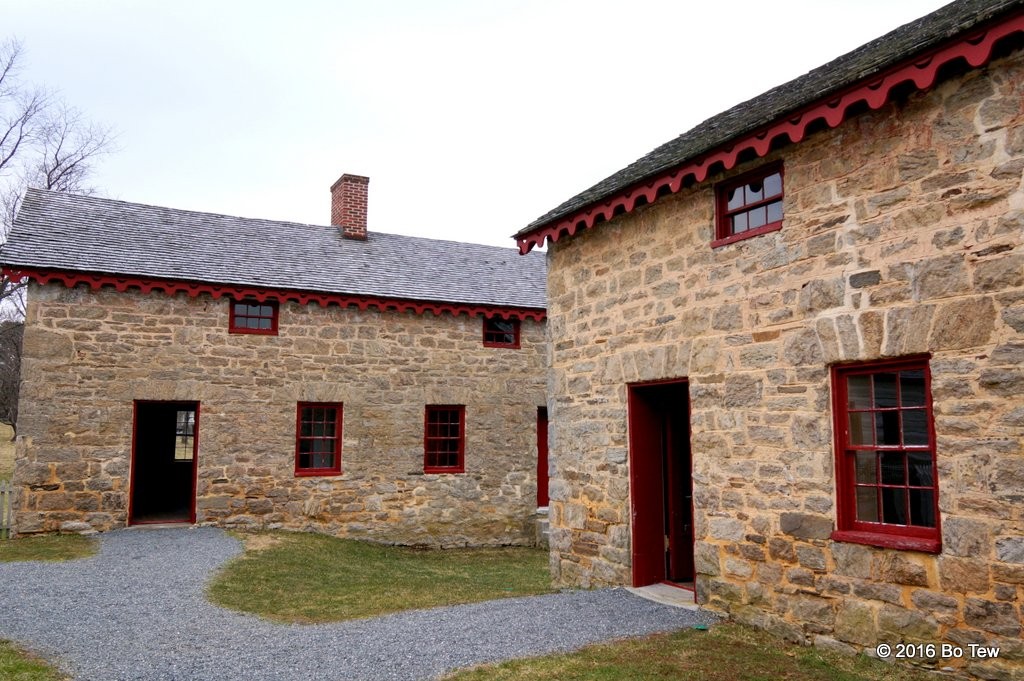
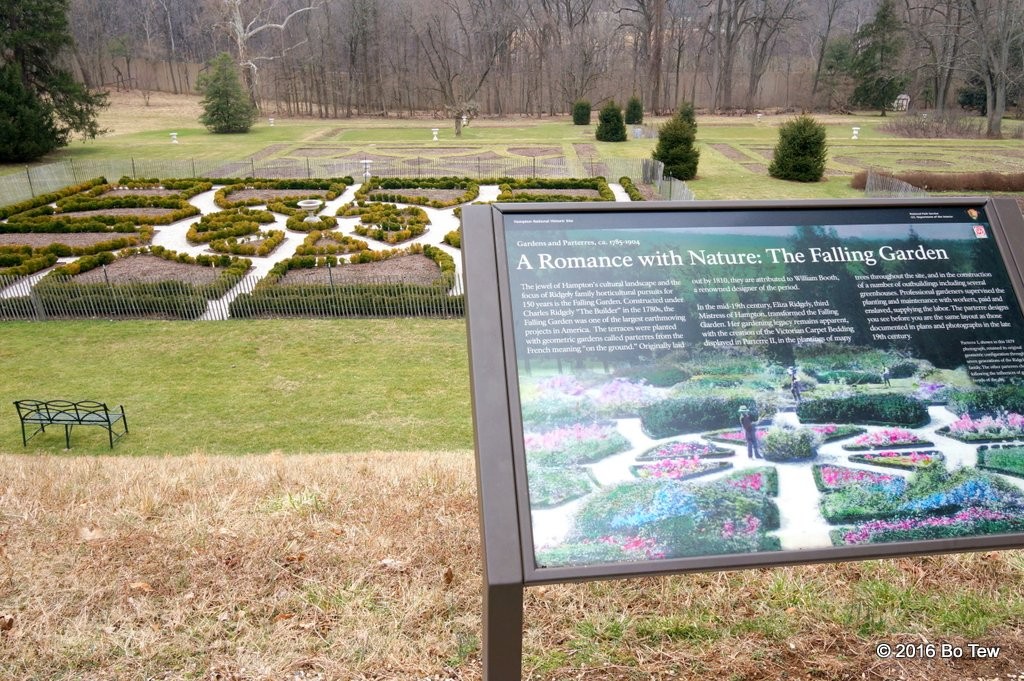
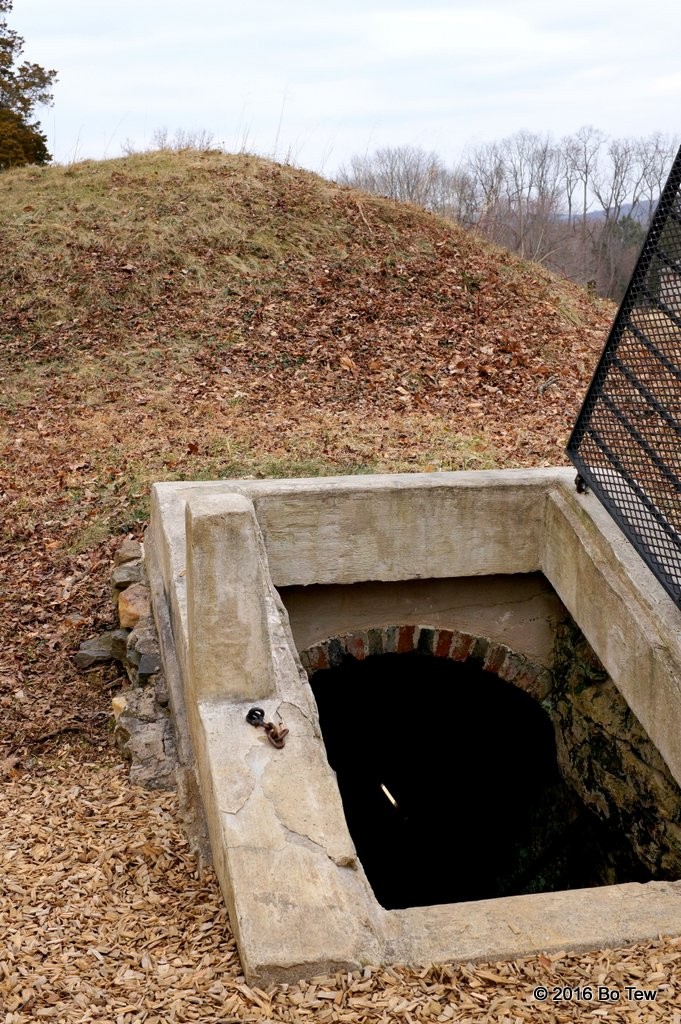
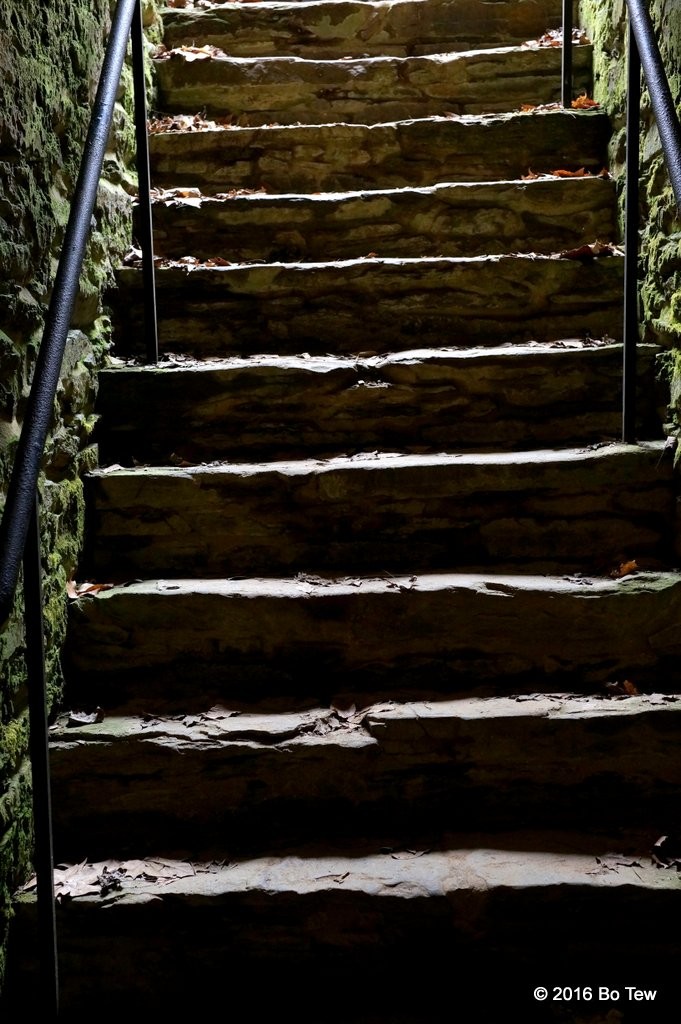
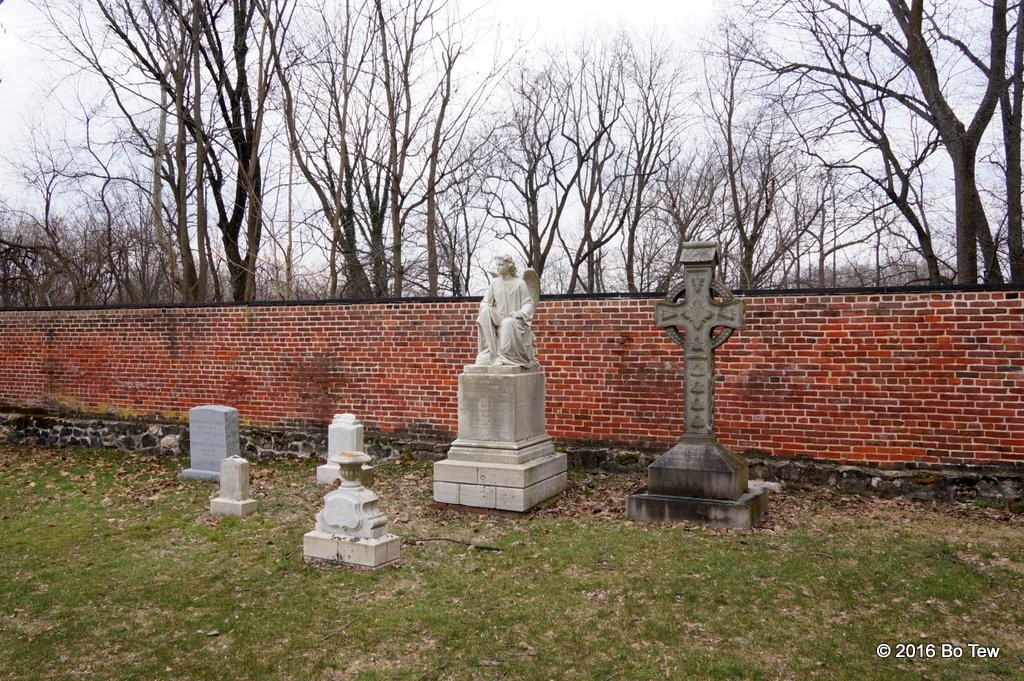
Outside the mansion, there was a green house which has been converted into an auditorium, a cemetery for the Ridgely family, a sculptured garden that was not open for the season and some older buildings for various purposes such as to store milk, make ice and breed through-breed horses.The only interesting view was the workers quarters which housed enslaved people.and later lowly paid workers. The houses might have looked pretty from the outside – this is to please the eyes of the Ridgely looking down from their mansion, but the living conditions were horrible for those who were in it.
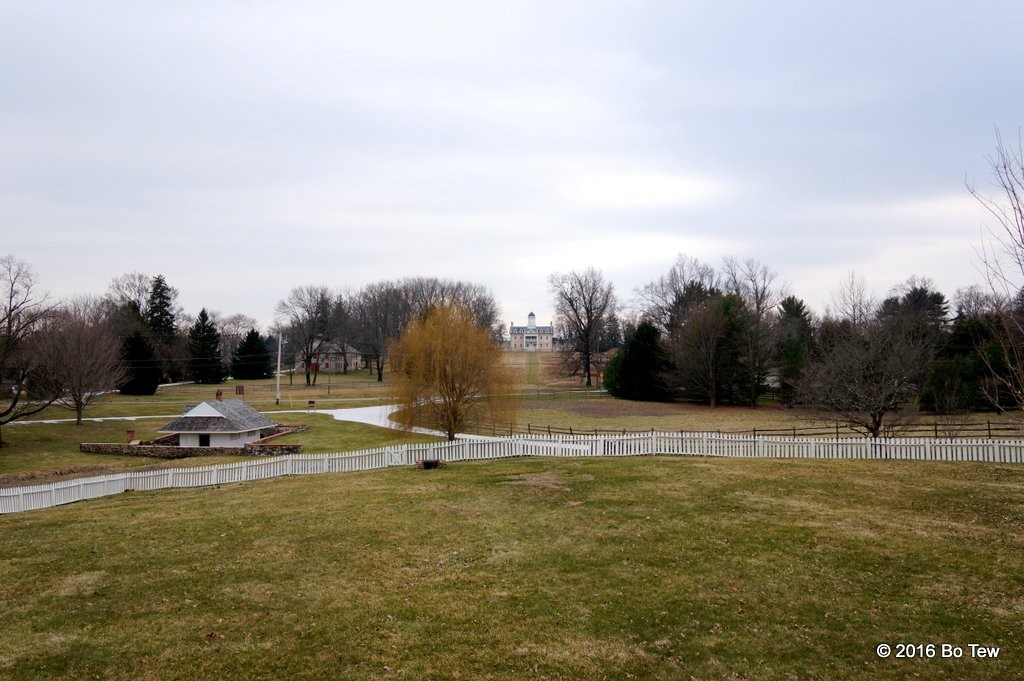
History probably have been kind to the Ridgelys family for all the wrongs that have done. The worst that happened to them was that the last owner couldn’t afford such luxuries anymore and turned it over to a trust, which sold it to the federal government for $1. Those who worked their ass off for them, all their pain and sufferings, were all washed away and forgotten by the tide of time. As I stand at the worker’s quarters wondering how i would feel about the rich people if I was down there working for them, I realized we are still no different from them. I’m going to close it with the quote by Benjamin Franklin when asked what kind of country was the United States going to be, “A republic, if you can keep it.” I have a feeling he wouldn’t have imagined we are still shackled by big interest after all these times.